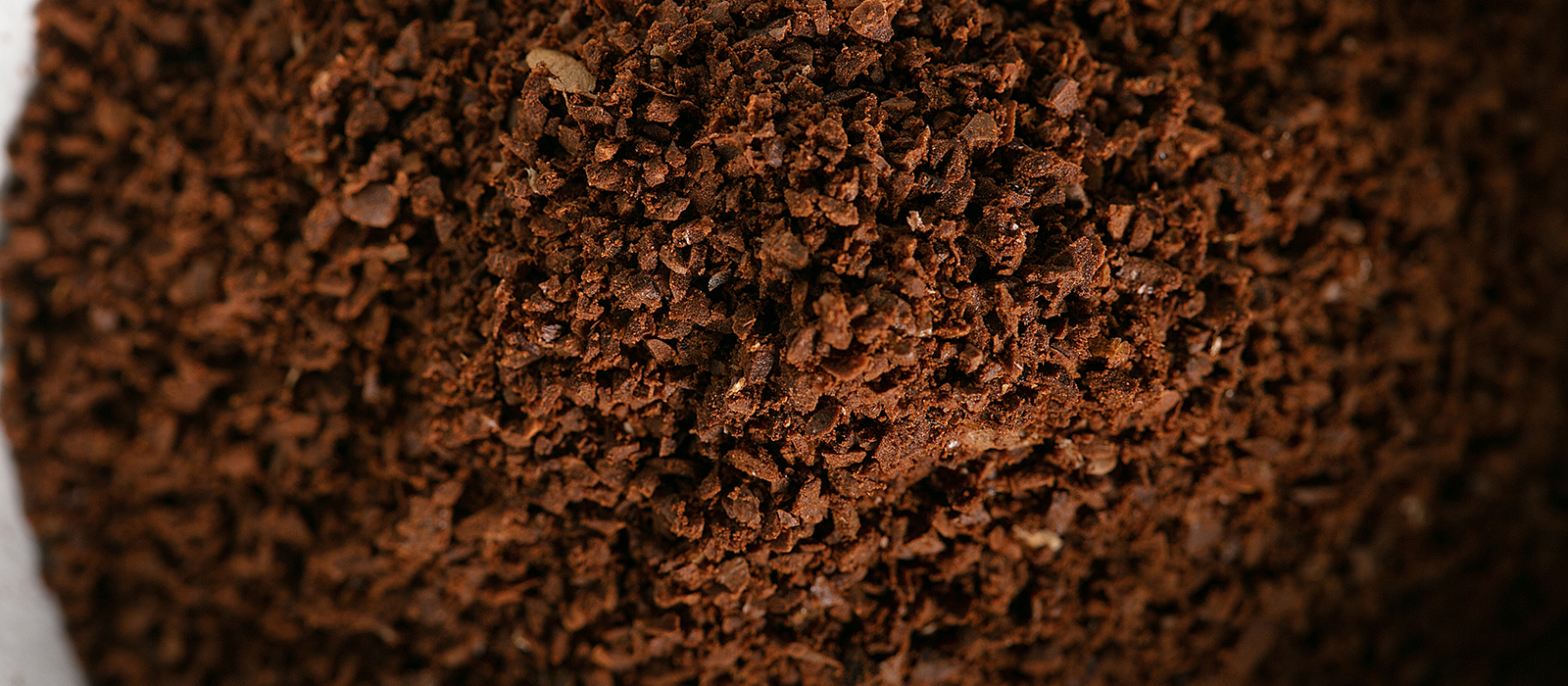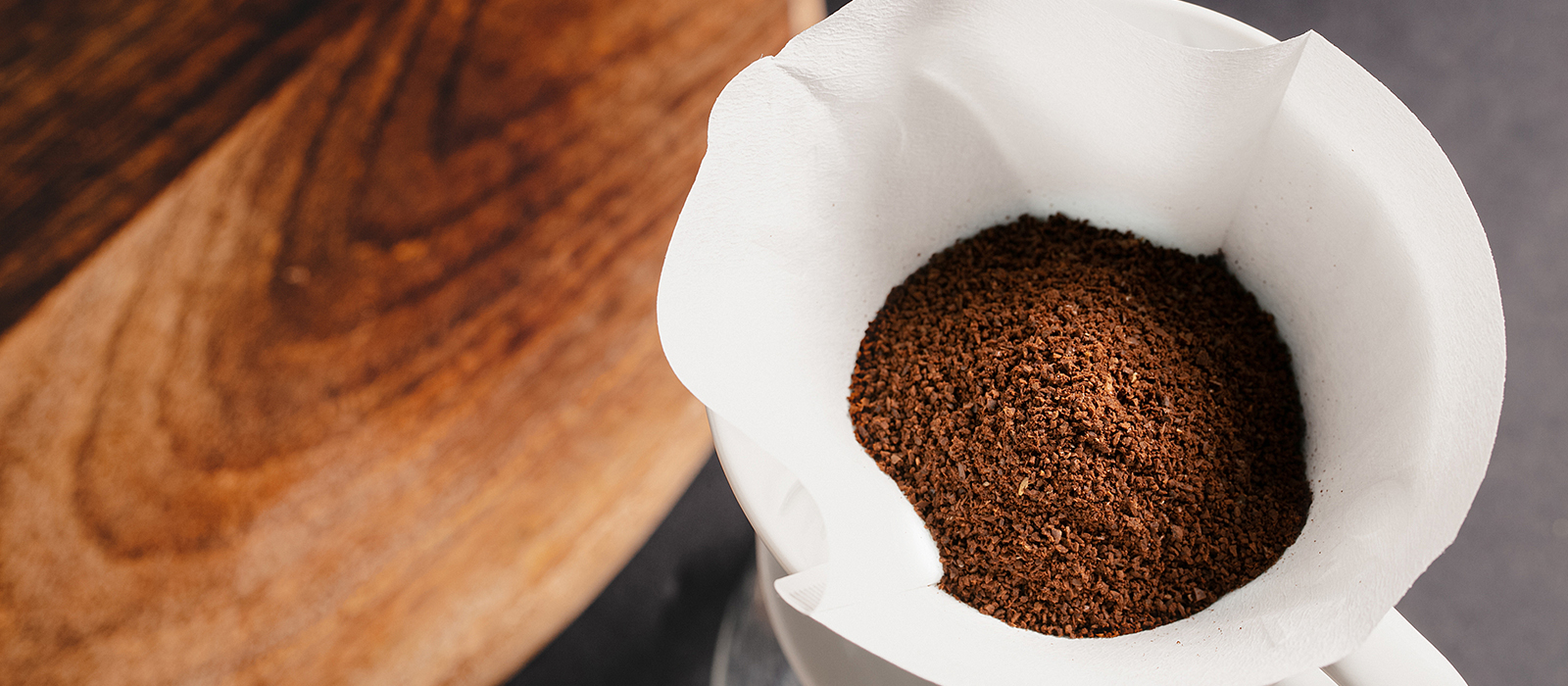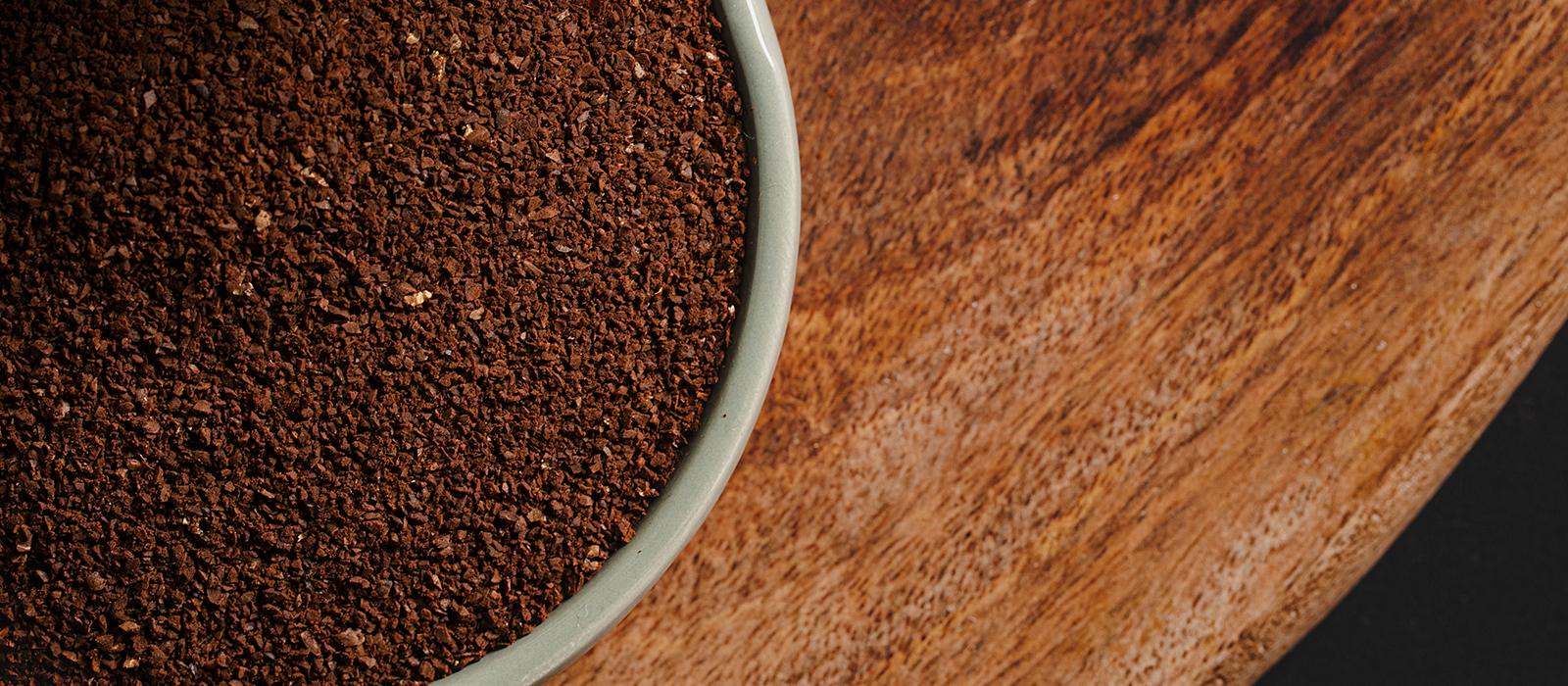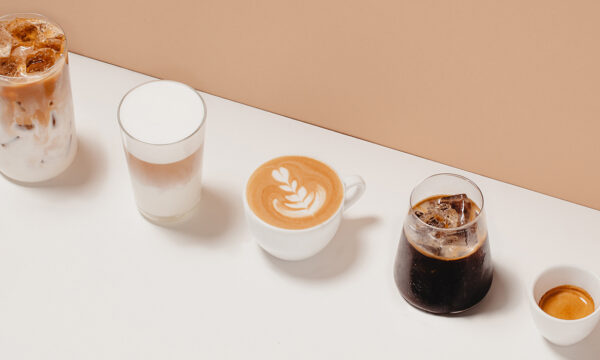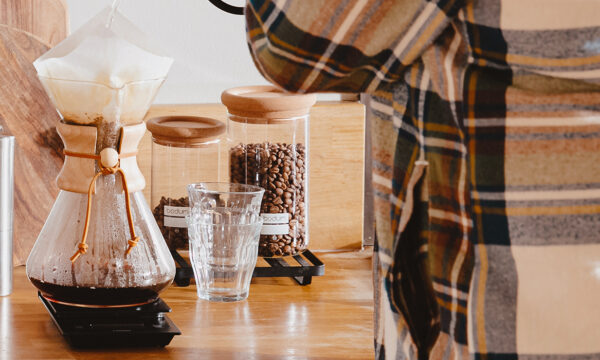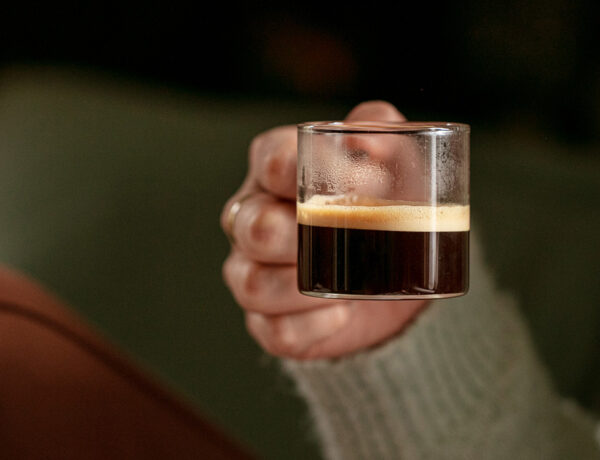
- Home
- What Coffee Grind Size to Choose?
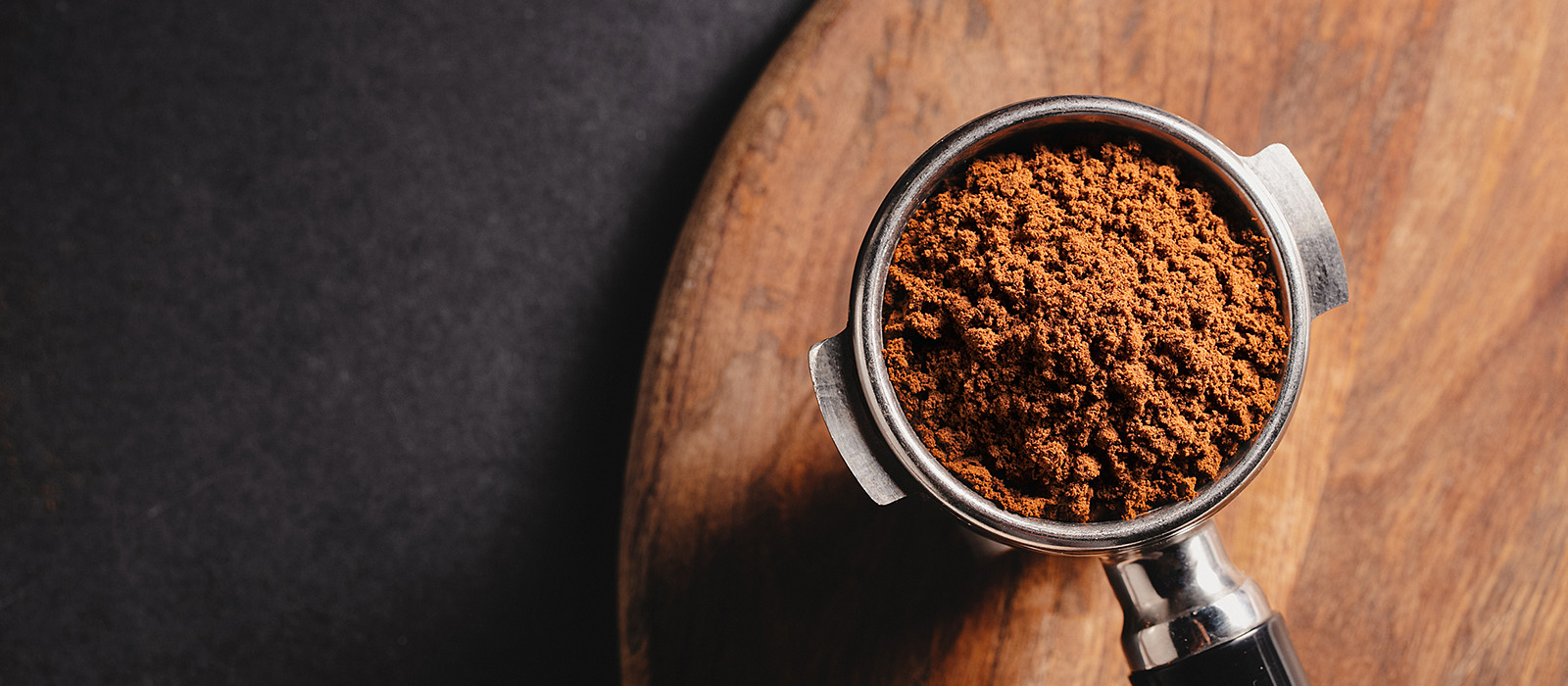
What Coffee Grind Size to Choose?
Written by Jigisha
Reading time 5 minAutomatic coffee machine, French press, Italian coffee maker…When you want to brew coffee with such machines, it’s a reflex: you will need to grind your coffee beans beforehand. But did you know that in reality, each of these extraction methods requires a very specific grind size? By selecting the right grind size, you ensure that your coffee-making apparatus can perform at its best, ultimately enhancing your daily coffee experience.
Understanding Coffee Extraction Methods
Immersion Methods
Includes techniques like Cold Brew and French Press.
Gravity Methods
Encompasses methods like the Cold Drip, V60, Chemex, and automated bean-to-cup machines.
Pressure Methods
Covers methods such as the AeroPress and manual espresso machines.
Vacuum Methods
Examples include the Siphon.
Decoction Methods
Features methods like the Ibrik, specifically designed for brewing Turkish coffee.
Percolation Methods
Includes the Moka pot, also known as the Italian coffee maker.
Grind Size and Granularity: What’s the Difference?
If you’re preparing to make coffee, you’ll first need to grind your coffee beans, essentially reducing them to powder using your coffee grinder. This coffee powder, referred to as “grind,” can vary from fine to coarse. “Granularity” refers to the measurement of the grind size. In the world of coffee, “granularity” specifically denotes the size of the coffee grind.
Why Adjust the Grind Size According to Your Brewing Method?
The coffee you prepare with a bean-to-cup machine will not have the same characteristics as coffee made with a Chemex. Most of all, they are not prepared in the same way.
Each extraction method can be likened to a recipe where the roast color of your coffee beans and, importantly, the grind size are essential.
If your grind is very coarse, meaning the coffee beans are minimally ground, fewer parts of the beans will be exposed to water.
If your grind is very fine, meaning the coffee beans are thoroughly ground, more parts of the beans will be exposed to water. Essentially, with a very fine grind, you extract coffee compounds much faster than if you expose a smaller surface area with a coarser grind.
Each extraction method exposes the grind to water differently: therefore, you must adjust your grind size to your extraction method to achieve the right recipe for a good result in the cup.
MaxiCoffee Tips for Enhanced Deliciousness
With gentle extraction methods (slow coffee), opt for a very light to light roast. If you’re making espresso with your automatic coffee machine, choose a medium to very dark roast for an espresso with intense and robust flavours.
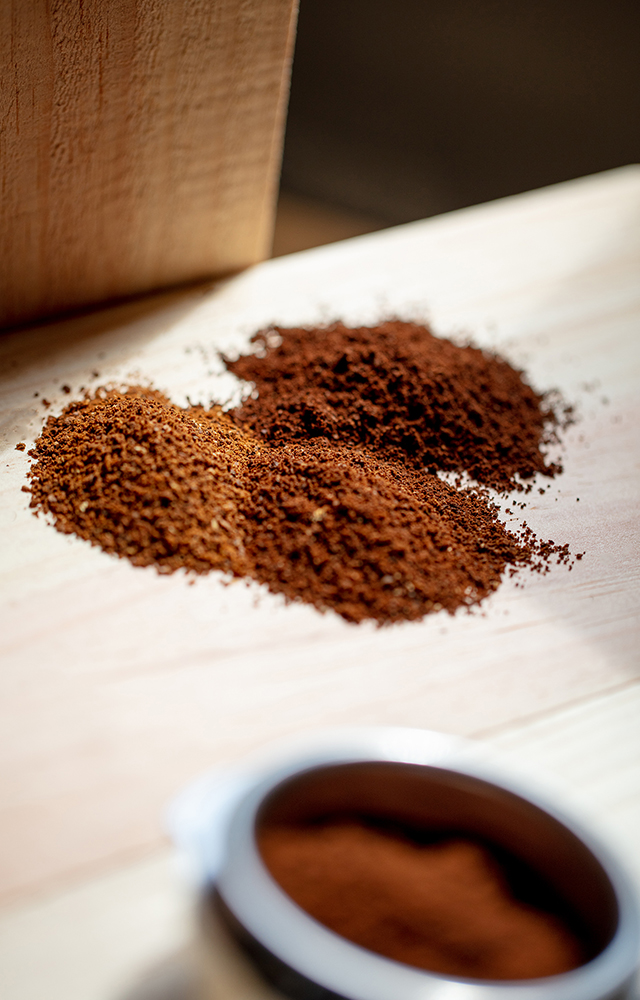
What Grind Size for a Bean-to-Cup Coffee Machine?
You might not know this, but your bean-to-cup machine also allows you to adjust the grind size. The adjustment dial for your espresso grinder is most often located in the bean hopper.
Traditionally, you will need to use a relatively fine grind, similar to flour. However, there are some nuances:
If you find your espresso too intense, concentrated, or even bitter, you should adjust the granularity to expose less surface area to water. Try a coarser extraction, with a thicker grind setting.
Conversely, if your espresso is too light or even acidic, you need to expose more surface area of your grains to water: try a finer extraction to increase its intensity.
Also, consider your taste preferences, the roast color of your coffee beans, and the type of beverages you wish to make with your bean-to-cup machine.
For a more aromatic and syrupy cup result, refine your grind.
For a lighter, clearer, and more acidic cup result, coarsen your grind.
Moreover, while a ristretto requires a fine grind, a medium grind is ideal for an Americano, and a medium to fine grind works perfectly with an espresso.
FinLast but not least, it should be noted that the size of a coffee grain varies depending on its origin. The darker your roast, the coarser you will need to adjust your grind size.
There are no universal rules: experiment to find the grind size that suits your tastes! After adjusting the grind size, you can judge the cup result after about three espressos.
It should be noted that other settings can also influence the cup result of your coffee: water temperature, amount of ground coffee, and the water volume of the beverage.
Which Grinder to Choose for Grinding My Coffee?
When selecting a grinder for grinding your coffee, it’s essential to choose one that offers precision and flexibility. A good grinder will allow you to precisely calibrate your grind to adapt it to the chosen extraction method. But it also needs to be maintained! Look for a grinder with adjustable settings that can accommodate everything from fine to coarse grinds, allowing for optimal extraction whether you’re making a robust espresso or a light, flavourful pour-over.
Ease of cleaning and durability are also key factors. A grinder that is easy to disassemble will encourage regular cleaning, preventing old grinds from impacting your coffee’s flavour. Look for a grinder built with quality materials to ensure it lasts through many uses.
Finally, investing in a high-quality coffee grinder is an investment in your coffee ritual. It enhances your ability to experiment with different brews and find your perfect cup. With the right grinder, your morning coffee can become a moment of exploration and enjoyment, marking a promising start to your day.
Discover all of our articles
